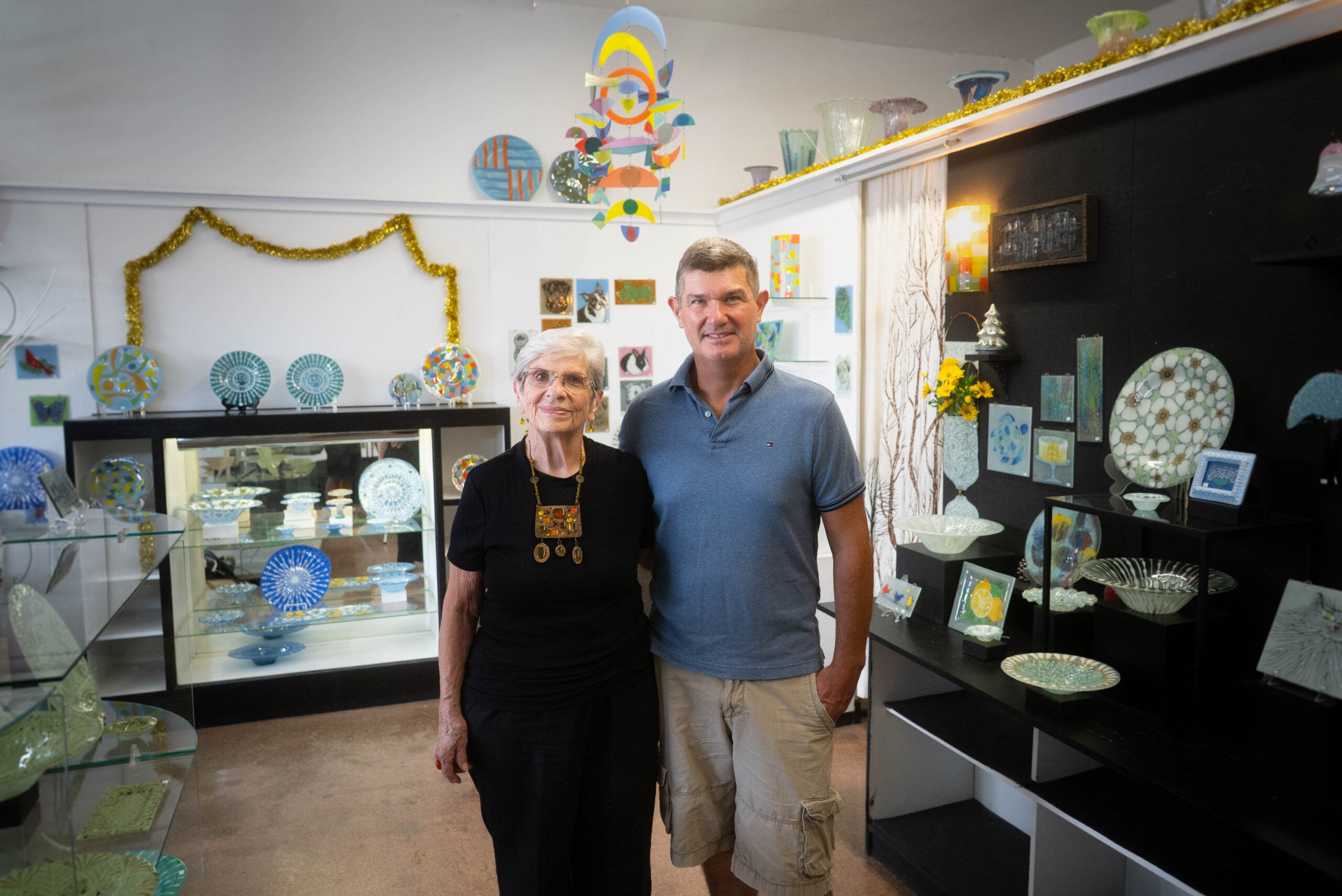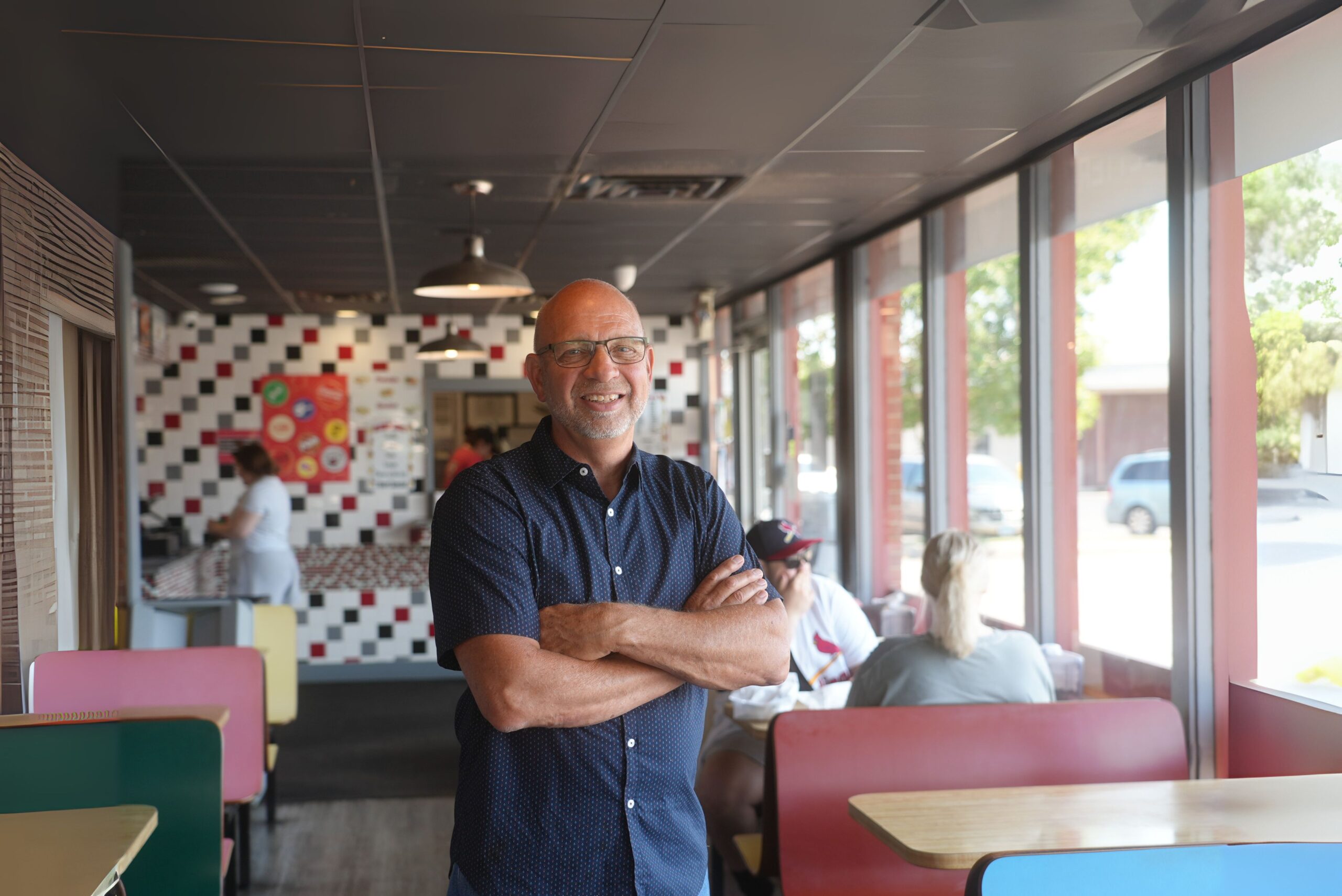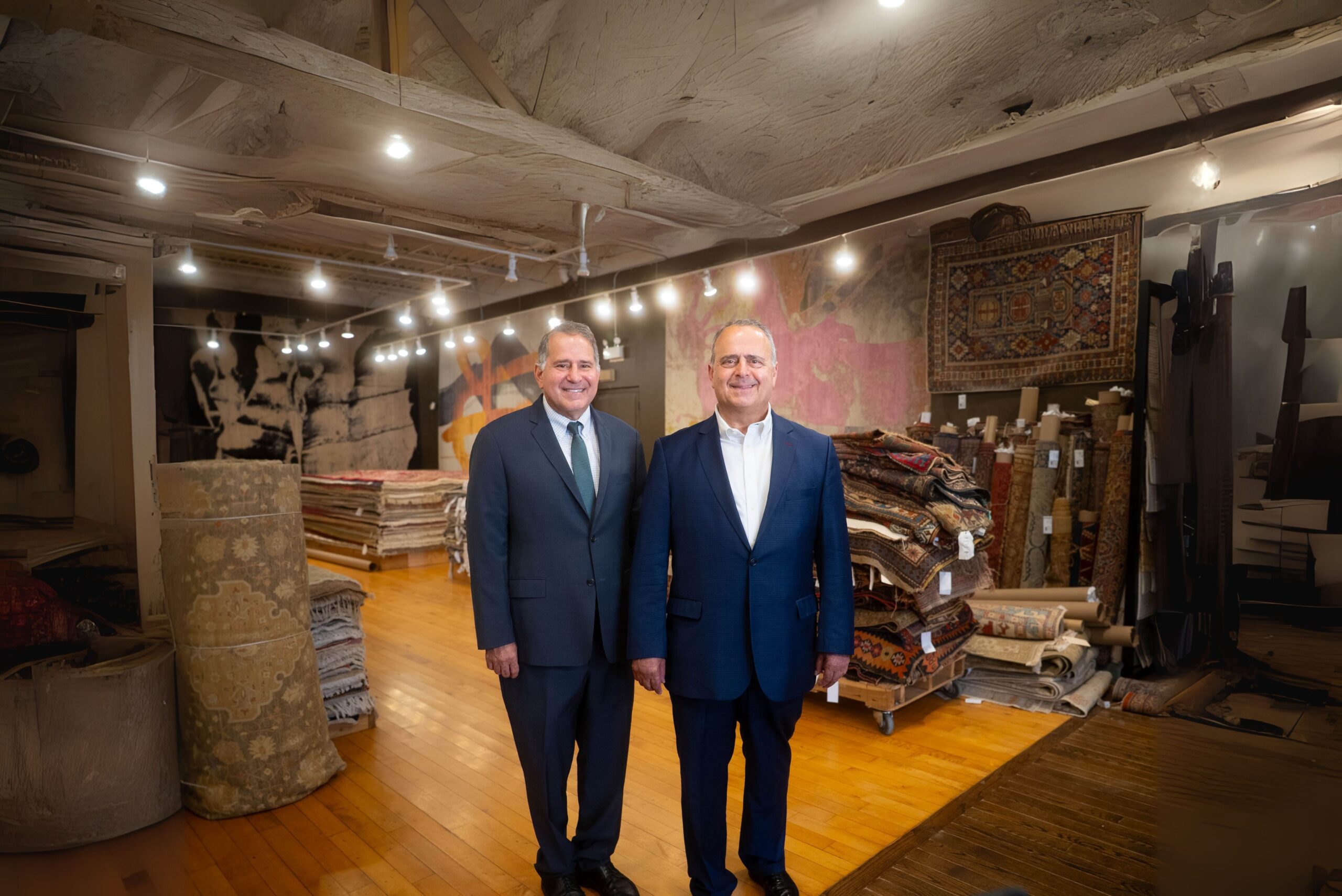In the world of boutique retail, success hinges on more than good products.
Texture Home, a design-forward boutique located in Champaign, Illinois, is a masterclass in how to make boutique retail feel both aspirational and accessible. The store offers a highly curated mix of custom furniture, local art, and small-batch home goods that reflects owner Christy Camarca’s deep belief in the power of home.
For anyone wondering how to start a boutique that genuinely connects with customers and stands the test of time, Christy’s model offers a compelling and practical blueprint.
These are the six boutique retail strategies that make Texture Home stand out, and how you can apply them to start your own boutique or elevate your existing store.
1. Build a Retail Space That Feels Like Home
At Texture Home, the physical environment is as intentional as the merchandise itself. Christy has created a store that mirrors the emotional and aesthetic qualities of a real home. Every element of the store’s layout, décor, and displays is designed to create that connection.
She reflects, “I love the sanctuary of home… and I think it adds to the feeling that we have here.”
Christy’s passion for making the store feel like a sanctuary is both a strategic business move and a genuine personal value. She’s intentional about curating an immersive retail experience that encourages exploration, conversation, and emotional connection.
If you’re a boutique retailer or learning how to start your own boutique, invest in your space as much as your product. Thoughtful, evolving design will elevate your brand, inviting customers to imagine your merchandise in their own lives.
2. Prioritize Service Over Sales
One of the most effective boutique retail strategies Christy implements at Texture Home is a strict no-pressure approach. Her philosophy for sales is based on honesty, patience, and personalized support, which sets the tone for every customer interaction.
She makes it clear: if someone isn’t fully confident in a purchase, they shouldn’t feel obligated to buy it. Her staff share the same sentiment and are trained to assist and guide without pushing product. It’s an ethical and effective strategy, particularly in boutique retail, where customer relationships are the cornerstone of business longevity.
If you’re running a boutique retail store, remember that trust sells more in the long term. Prioritize helping over selling, and you’ll build a loyal customer base that believes in your brand.
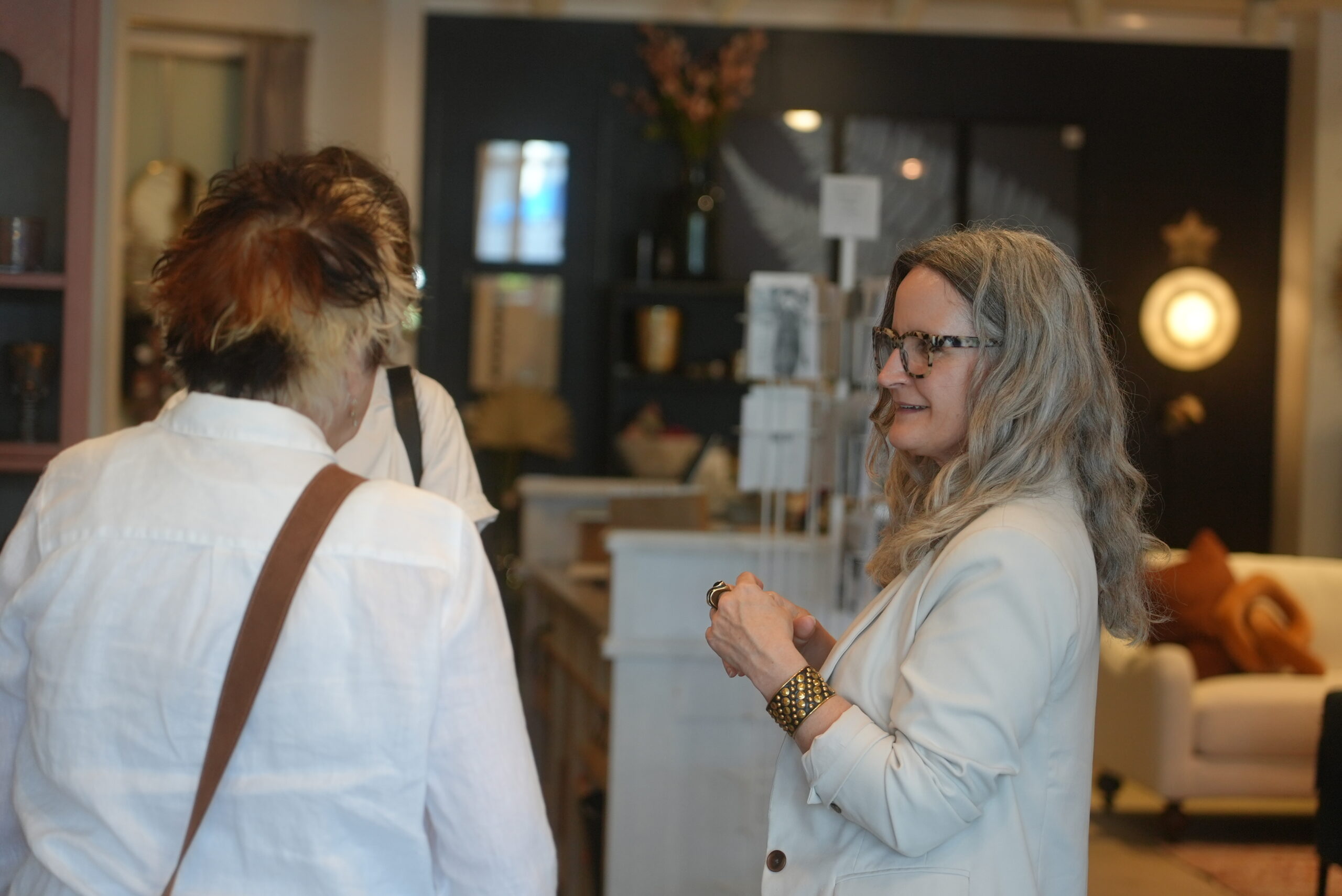
3. Curate High-Quality, Customizable Products
At Texture Home, product selection is based on aesthetics and integrity. Christy avoids mass-produced inventory, opting for handcrafted, bench-built furniture made by skilled makers. Each piece is handcrafted by a single artisan from start to finish, allowing for exceptional attention to detail and long-term durability.
For boutique retailers looking to elevate their merchandise mix, here are a few practical ideas inspired by Texture Home’s approach:
- Partner with specialty manufacturers who offer craftsmanship you can stand behind.
- Look for customizable lines that allow your customers to select fabric, finish, or dimensions.
- Sell based on long-term value, and promote features like warranties, craftsmanship, and build quality.
- Use storytelling at the point of sale, explaining where and how products are made.
- Avoid overstocking trendy, mass-produced items that dilute your boutique identity.
In boutique retail, your product mix should reflect your brand’s values. By choosing custom, high-quality pieces, you can charge appropriately, build trust, and attract customers who care about thoughtful design.
4. Create an Inviting Shopping Experience
Seasonality plays a central role in how Christy keeps Texture Home fresh, engaging, and top-of-mind for customers. She regularly updates her in-store displays to reflect the changing seasons, creating an environment that feels new and relevant every time a customer visits. These visual refreshes give returning shoppers a reason to come back and new customers a chance to experience something dynamic and timely.
Beyond the changing decor, Christy implements two annual sales in January and August, specifically for her custom upholstered furniture line. These are intentionally scheduled events that her customer base has come to expect. That consistency builds anticipation and creates a dependable rhythm that customers can plan around, especially for larger purchases.
This thoughtful combination of visual surprise and event predictability is a powerful boutique retail strategy. It reinforces the store’s identity as both a design destination and a dependable resource.
Christy keeps her store fresh with seasonal changes but also relies on recurring events to bring people back. This mix draws steady foot traffic and builds customer loyalty, showing retailers they can boost engagement without always scrambling for new products or short-term promotions.
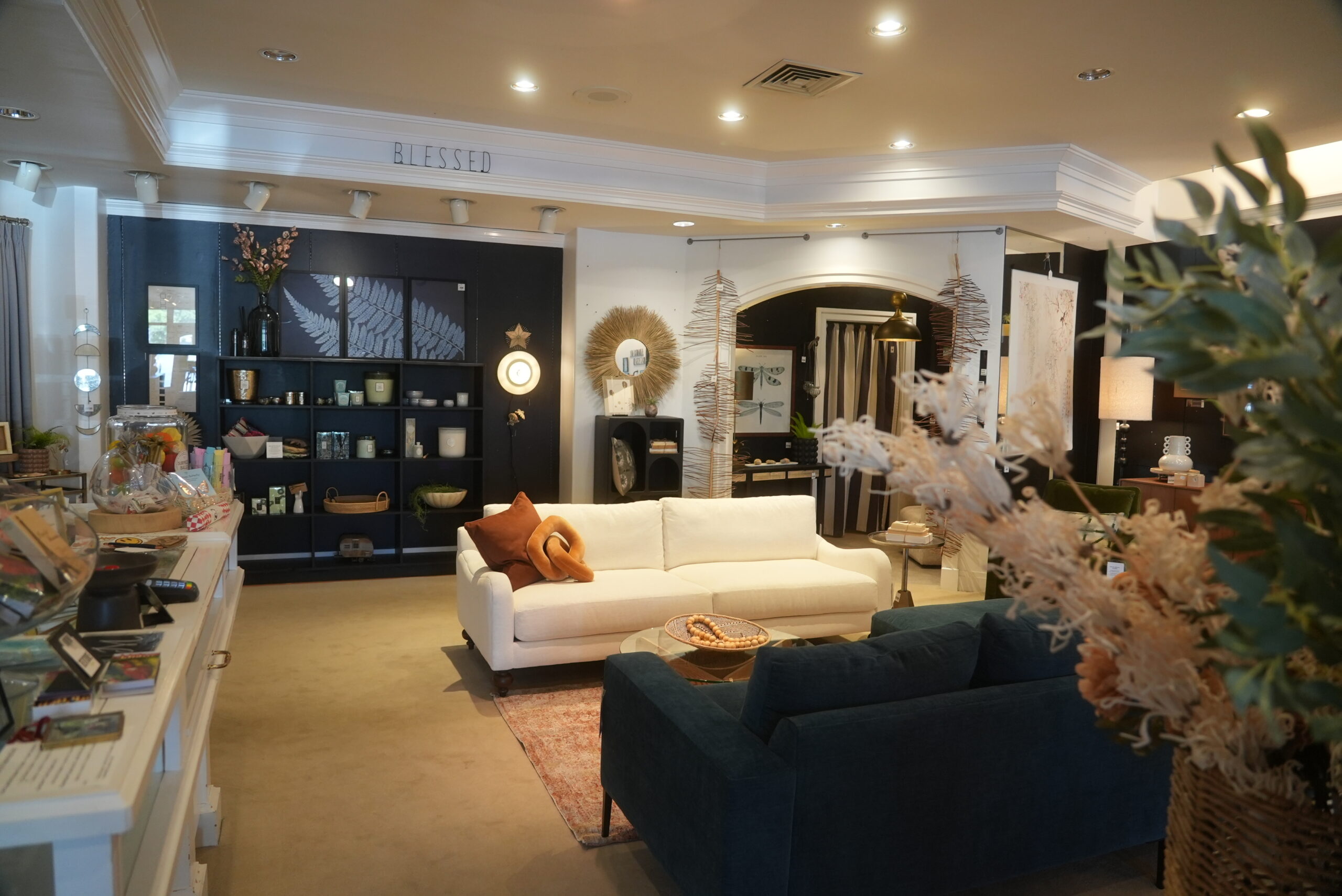
5. Source Locally To Build Community Ties
One of the most impactful boutique retail strategies is creating strong local connections, something Christy has embraced fully. While it wasn’t part of her original business model, a chance encounter with a local artist led to a successful collaboration that reshaped how she sources products. Today, local artwork, handmade goods, and small-batch products have become the foundation of the store’s identity.
These partnerships help Texture Home stand out in a crowded retail landscape by offering customers items they truly can’t find anywhere else. Just as importantly, they support the broader community and strengthen Christy’s brand as one that uplifts others.
Here’s how incorporating local and small-batch products can elevate a boutique retail store:
- Builds community goodwill by showing support for local makers and artisans.
- Supports other small businesses, creating a collaborative ecosystem where success is shared.
- Keeps inventory fresh and unique, so there’s product variety without relying on mass production.
- Enhances store identity, reinforcing authenticity and a curated, thoughtful vibe.
- Creates storytelling opportunities, helping customers connect emotionally with what they buy.
Sourcing locally is a strategic move that benefits your business and your community. Boutique retailers who cultivate these relationships can differentiate themselves through authenticity, quality, and a shared sense of place.
6. Encourage Customer Education
At Texture Home, the customer experience is about learning and problem-solving. Christy has built a retail environment where design guidance is always part of the conversation. Shoppers are encouraged to bring photos, ask questions, and talk through their ideas with the team.
This kind of personalized support is central to the store’s identity. Christy and her staff help customers visualize how pieces will work in their unique spaces. They discuss everything from layout and proportion to function and flow.
In boutique retail, empowering your customers with knowledge turns them into loyal clients. When you freely offer insight and guidance, you stop being just a retailer and start becoming a trusted partner in their design journey.
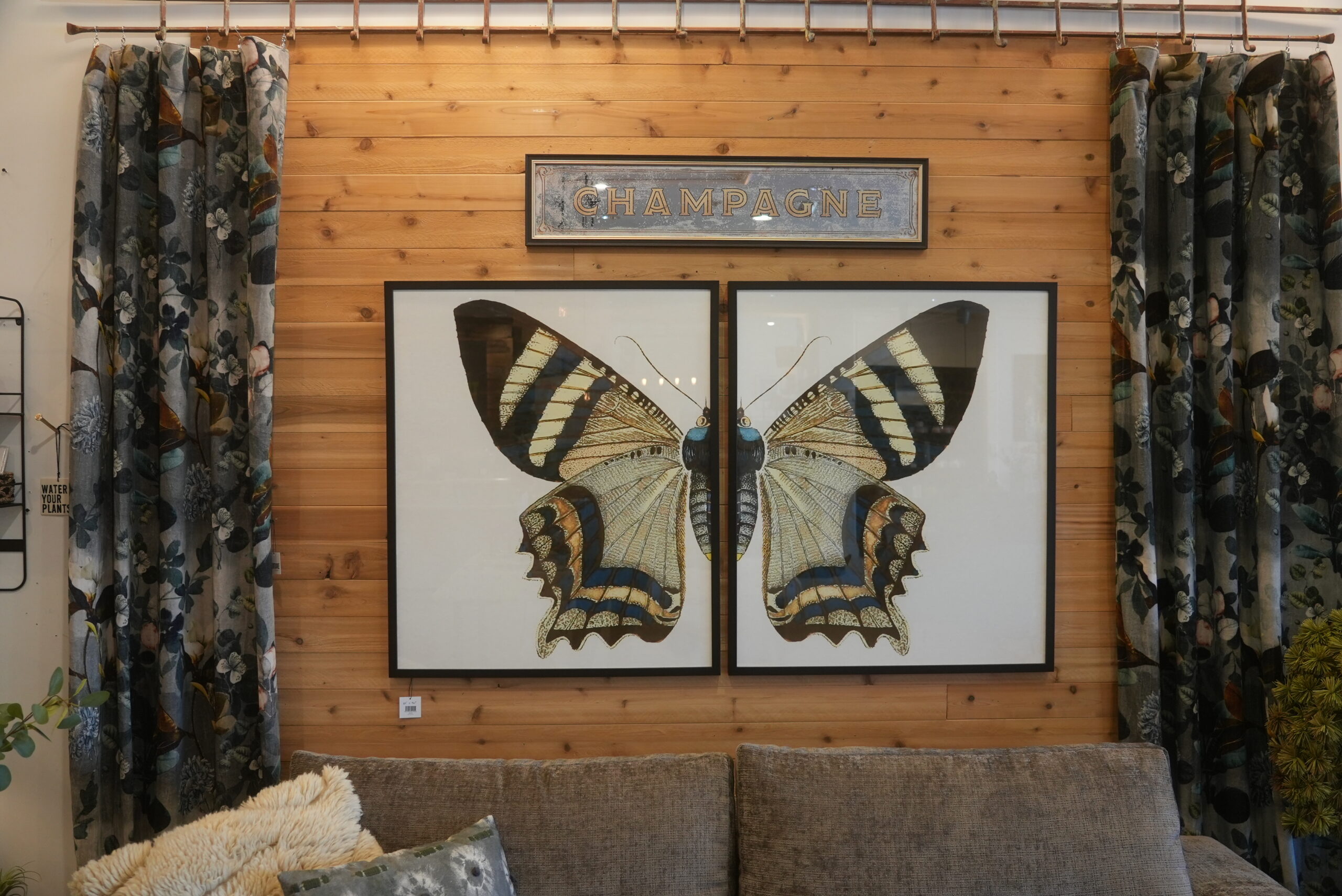
Conclusion
Boutique retail is about building relationships, creating emotion, and delivering value in unexpected ways. Christy Camarca proves that with the right strategies, even a small shop can make a big impact.
If you’re just starting and wondering how to start a boutique or looking to refresh an existing one, remember these lessons: invest in your space, know your customer, and be authentic.
Want to learn more about other Illinois retail leaders? Read inspiring stories from retailers across Illinois who are making a difference.
If you loved learning about Christy’s story and know a retailer who deserves recognition, Nominate A Retailer to submit your nomination!


